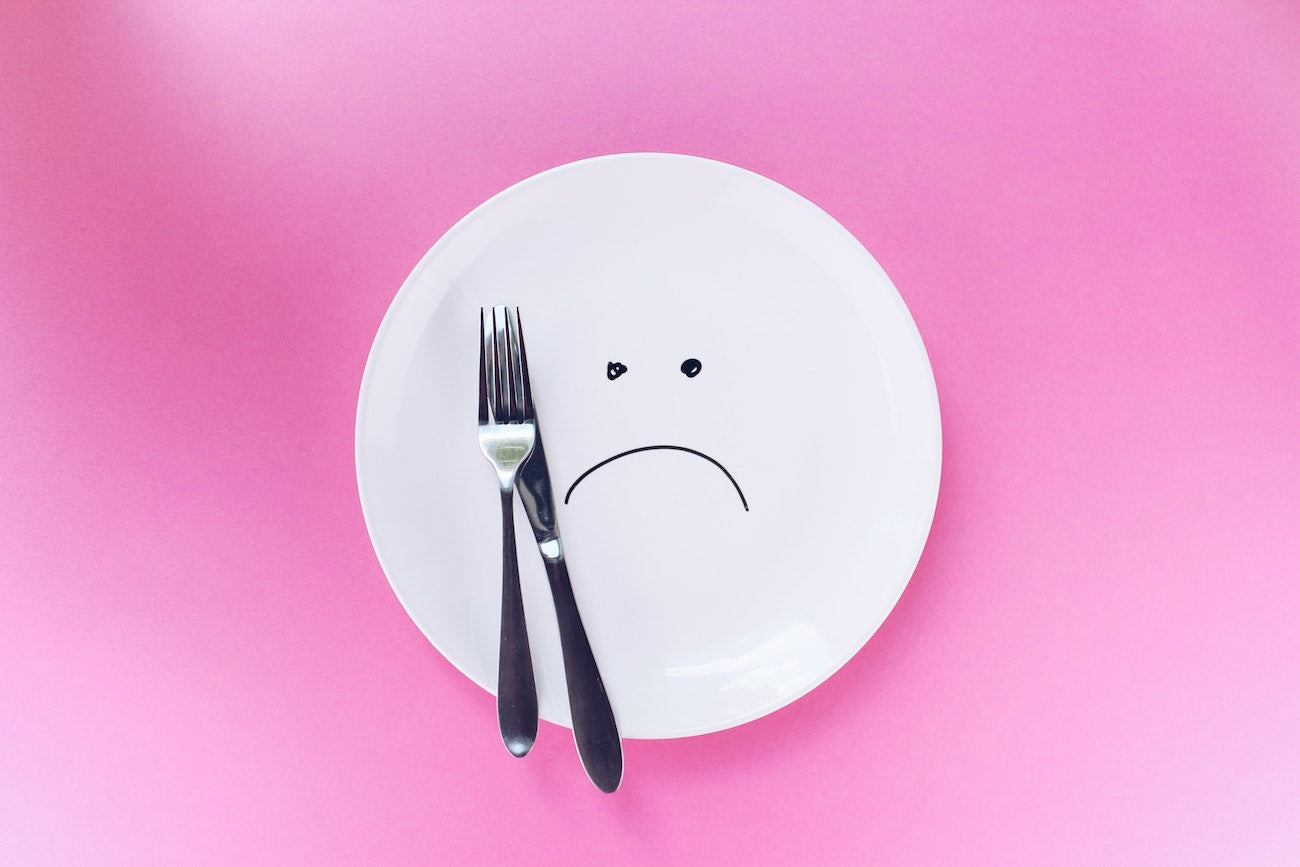The Flexitarian Diet: A Comprehensive Introduction

For those who want to reduce meat consumption without going fully vegan, the flexitarian diet is what you're looking for. It is a relatively new way of eating that emphasizes plant-based foods while allowing occasional meals with animal products.
We shall introduce the flexitarian diet and its advantages in this blog post. We'll also discuss how to get started on this lifestyle change and give some helpful tips and recipes so that you can make the transition as smoothly as possible. Read on to learn more about this growing trend!
What is the Flexitarian Diet?
The Flexitarian Diet is a diet that emphasizes plant-based foods while still allowing for occasional meat and animal product consumption. The term "flexitarian" was coined in 2009 by Dawn Jackson Blatner, a Registered Dietitian and author of The Flexitarian Diet: The Mostly Vegetarian Way to Lose Weight, Be Healthier, and Live Longer.
The flexitarian diet is not as restrictive as vegetarian or vegan diets, making it a more flexible and achievable option for those looking to add more plant-based foods to their diet. While there are no strict rules about what you can and cannot eat on the flexitarian diet, it is typically based on the following principles:
- Plant-based foods should comprise most of your diet (at least 75%).
- You should consume animal products in moderation (no more than three times per week).
- You should focus on whole, unprocessed foods as much as possible.
- It would be best to get protein from plants and animals.
- You should limit your intake of refined carbohydrates and added sugars.
The flexitarian diet has many potential health benefits, including weight loss, improved digestion, lower blood pressure, reduced risk of chronic diseases like heart disease and cancer, and a longer lifespan.
Pros and Cons of a Flexitarian Diet
The Flexitarian Diet has been gaining in popularity in recent years as more and more people are looking for a way to eat that is both healthy and sustainable. But what exactly is a flexitarian diet? And what are the pros and cons of this type of eating?
A flexitarian diet is primarily plant-based but includes small amounts of meat, dairy, and other animal products. This approach to eating can have many benefits, including improved health, weight loss, and a smaller carbon footprint.
However, there are also some potential drawbacks to flexitarianism, such as the need for careful planning and a higher risk of nutrient deficiencies. In more detail, let's examine the advantages and disadvantages of this well-liked diet trend.
PROS:
1. Flexitarianism Can Improve Your Health: A plant-based diet has been shown to reduce the risk of many chronic diseases, including heart disease, cancer, and diabetes. Adding small amounts of meat and other animal products into the mix allows you to enjoy some of the health benefits of a vegetarian or vegan diet while getting the additional nutrients that these foods provide.
2. Flexitarianism Can Help You Lose Weight: Studies have shown that people who follow a flexitarian diet tend to be slimmer than those who eat an omnivorous diet. Plant-based foods are generally lower in calories than animal-based foods. So,
What Foods to Eat on a Flexitarian Diet?
A flexitarian diet includes plant-based primarily foods but allows for the occasional consumption of meat and other animal products. The key to following a flexitarian diet is to ensure that most of your calories come from plant-based sources, such as fruits, vegetables, whole grains, and legumes. When choosing meat and other animal products, opt for those raised sustainably and humanely.
Here are some specific suggestions for what foods to eat on a flexitarian diet:
- Fruits and vegetables: Aim to fill half your plate with fruits and vegetables at every meal. Choose a variety of colors and types to get the most nutrients.
- Whole grains: Include whole grains such as oats, quinoa, brown rice, or whole wheat bread at every meal.
- Legumes: Incorporate beans, lentils, tofu, or tempeh into meals regularly. These protein-rich foods are also packed with fiber and other nutrients.
- Meat and other animal products: Choose leaner cuts and limit portions when eating meat or animal products. Look for sustainably raised options whenever possible. Wild-caught fish is also a good choice.
- Dairy: dairy products can be part of a flexitarian diet, but choose lower fat versions whenever possible. Yogurt and cheese are good sources of protein and calcium.
Flexitarian Recipes
If you're looking for delicious and nutritious flexitarian recipes, look no further! Here are some of our favorites:
1. Butternut Squash and Black Bean Enchiladas: These enchiladas are packed with flavor and fiber and are sure to please even the pickiest of eaters!
2. Quinoa Salad with Roasted vegetables: This salad is a great way to get your veggies in, and the quinoa provides a filling and satisfying protein punch.
3. Lentil Soup: This soup is hearty and creamy without being heavy. It's the perfect comfort food for a chilly day.
4. Vegetarian Chili: This chili is packed with beans and veggies, making it a nutrient-rich meal that will leave you feeling full and satisfied.
5. Eggplant Parmesan: This dish is lighter than traditional eggplant parmesan but just as flavourful. It's an excellent option for those looking for a meatless main course.
Alternatives to the Flexitarian Diet
If you're not interested in the Flexitarian Diet, there are plenty of other options. Here are some popular alternatives:
- The Paleo Diet: We should eat like our predecessors did, according to the Paleo Diet's guiding principle. This means mainly consuming meat, vegetables, and fruits and avoiding processed foods, grains, dairy, and legumes.
- The Atkins Diet: Only a tiny amount of carbs is permitted on the Atkins Diet, a low-carbohydrate diet. This diet frequently includes high levels of protein and fat.
- The Keto Diet: A high-fat, low-carbohydrate diet is the Keto Diet. This diet forces your body into a state of ketosis, where it burns fat for fuel instead of carbohydrates.
Whatever diet you choose, please research and consult a healthcare professional to ensure it's right for you.
Conclusion
The flexitarian diet can effectively get healthier, lose weight, and reduce your environmental footprint. It's an excellent option for those looking to make a lifestyle change without giving up all their favorite foods.
With its focus on whole, unprocessed plant-based foods, the flexitarian diet offers plenty of room for creativity while helping you reach your health goals. Give it a try today and see what this flexible eating style offers!
